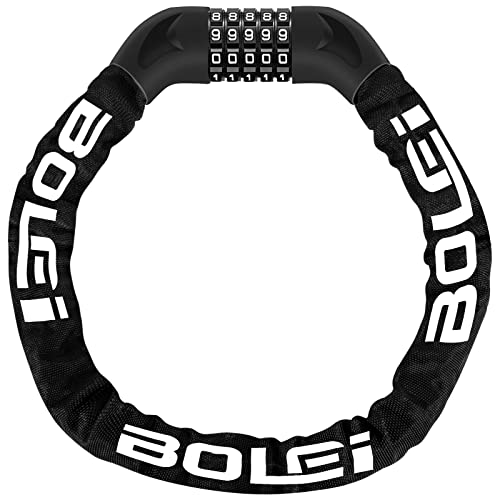Having a bicycle stolen is a frustrating experience that can also be costly. Investing in a good bicycle lock is essential for keeping your bike safe, but just using a lock isn’t enough. Maintaining your bicycle lock is equally as important to ensure it’s functioning correctly and providing the maximum level of protection for your bicycle. In this article, we’ll discuss five steps to help you maintain your bicycle lock and prevent theft.
Step 1: Check and Clean the Lock
The first step to maintaining your bicycle lock is regularly checking and cleaning it. Dirt, debris, and grime can accumulate inside the lock over time, causing it to become clogged and not function correctly. To clean the lock, use a small brush to gently clean the locking mechanism, and then apply a light oil or lubricant to lubricate any moving parts.
Step 2: Store the Lock Properly
When not in use, it’s essential to store your bicycle lock in a dry and secure location. Avoid leaving it exposed to the elements, which can cause the lock to rust and corrode, leading to malfunctioning. Additionally, avoid storing the lock with the key inserted, which can cause the lock pins to become stuck and, over time, damage the lock mechanism.
Step 3: Use the Lock Correctly
Using the lock correctly is vital for maintaining its longevity and ensuring its safety. Always lock your bicycle to something secure—such as a bike rack or a sturdy post firmly planted in the ground. Try to avoid locking your bike to anything that can be easily cut, broken, or removed, such as a tree or a low fence. Additionally, avoid using locks with combination keys, as they are easy to crack and can compromise the safety of your bike.
Step 4: Regularly Change the Combination or Key
To prevent unauthorized access or theft, it’s essential to change the combination or key to your lock regularly. This helps keep your lock secure and prevents anyone from stealing your bike if they have access to your lock combination or key. Also, make sure to keep your combination or key in a safe and secure location that’s easily accessible when needed but not exposed to prying eyes.
Step 5: Inspect the Lock Regularly
Regular inspections of your lock can help you identify potential problems before they become more significant issues. Check for signs of wear and tear, such as cracked or bent parts or missing pieces. If you notice any significant changes in the functionality of your lock, such as difficulty locking or unlocking, it’s essential to have a professional examine the lock and ensure that it’s functioning correctly.






